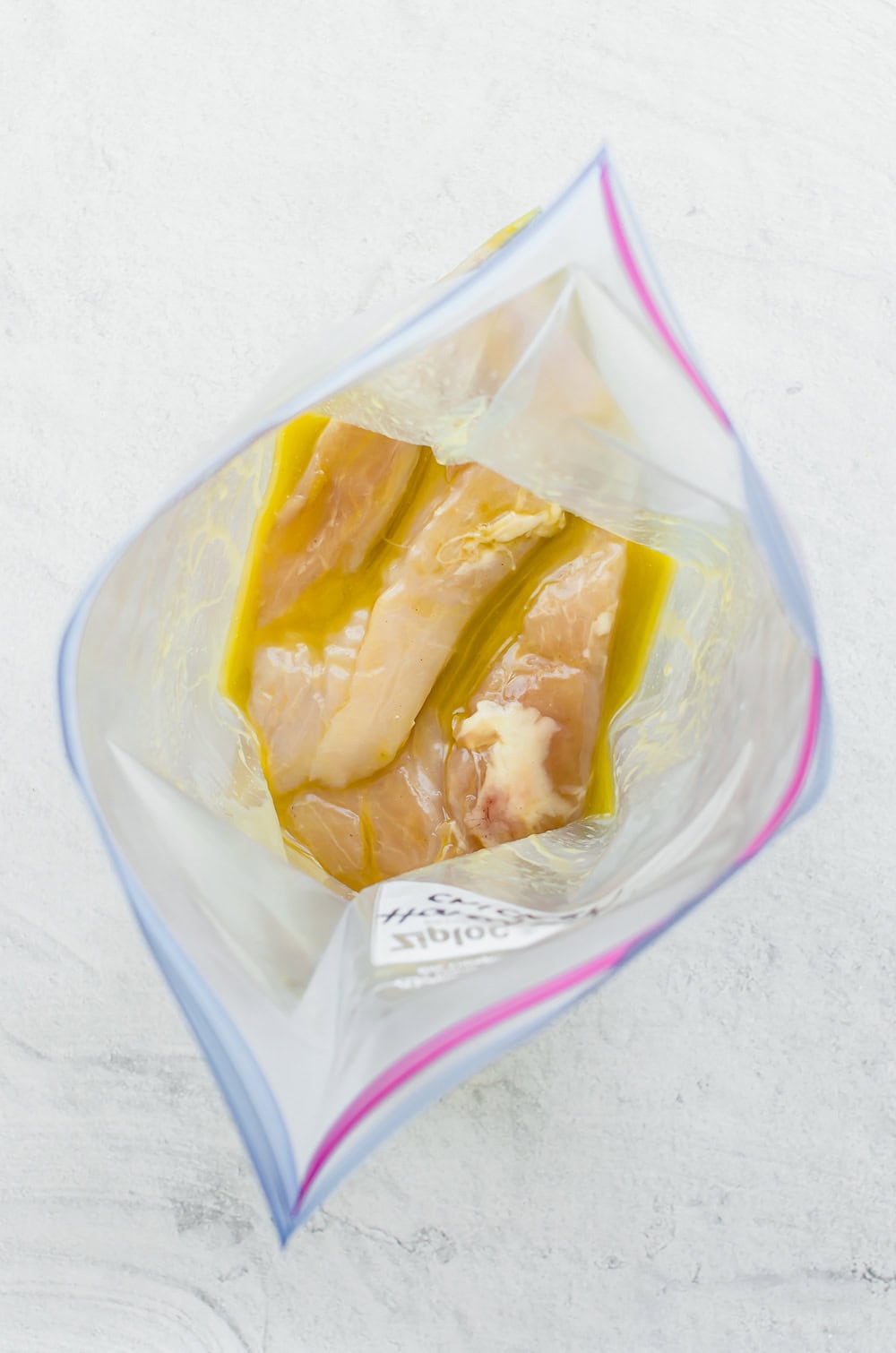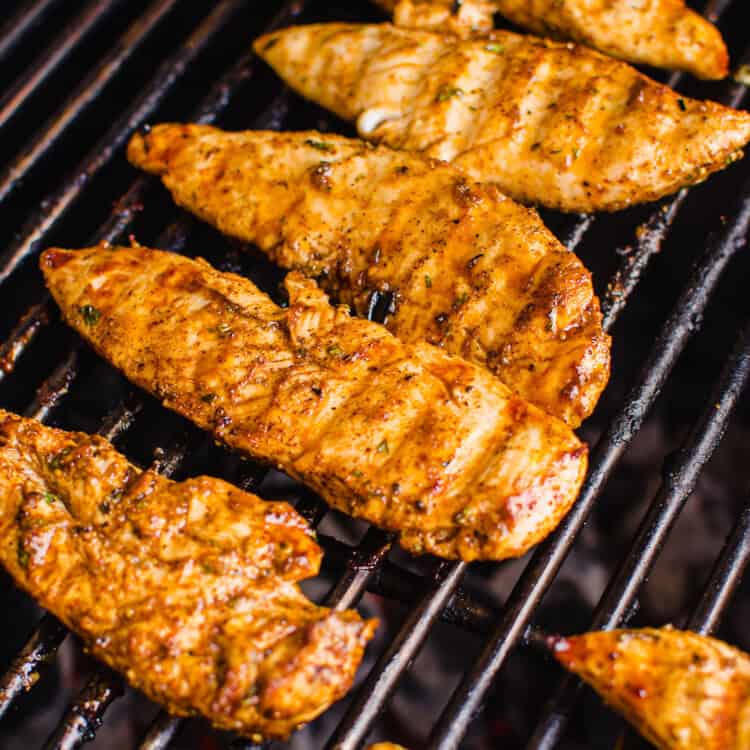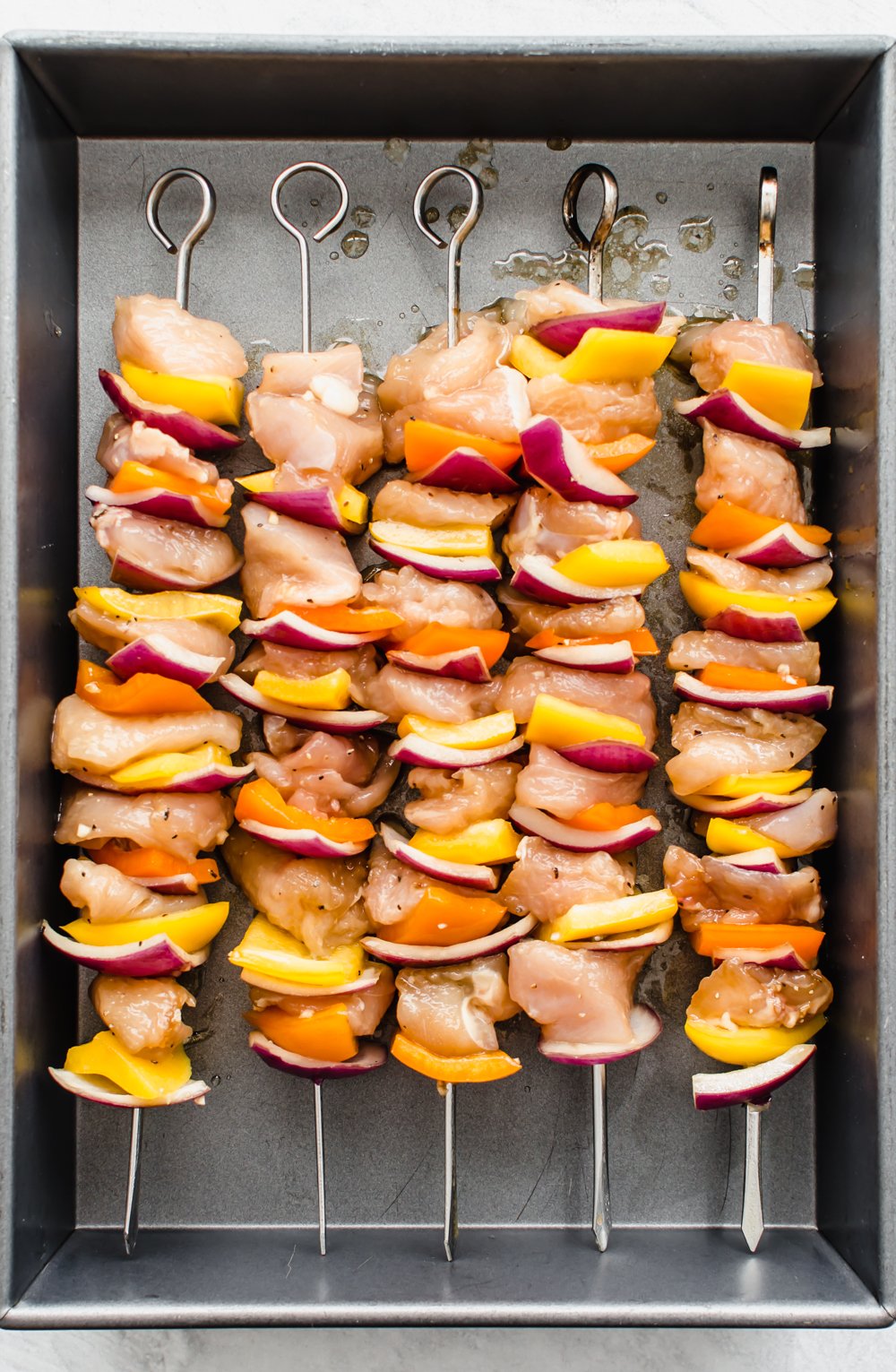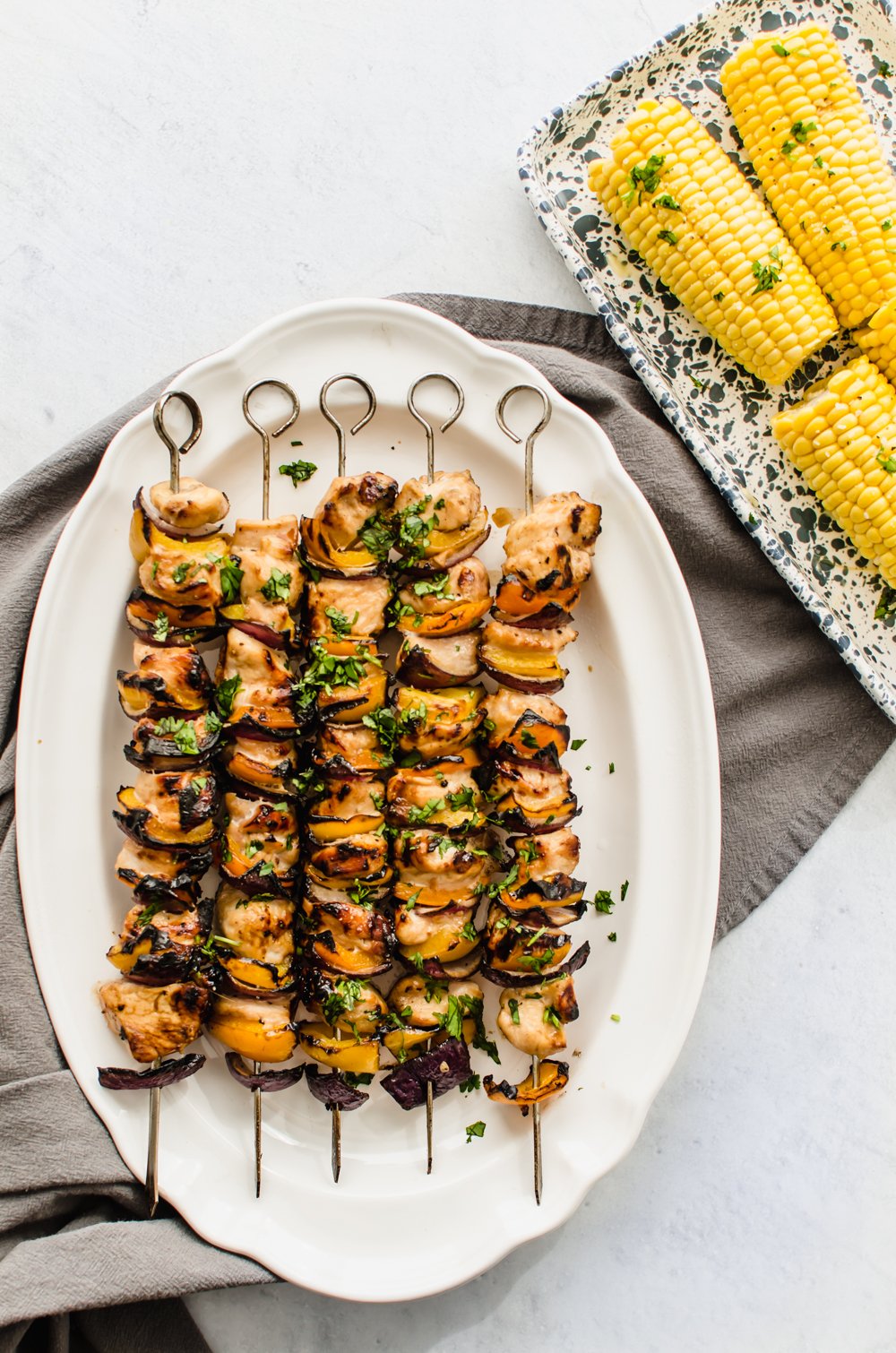Are you craving delicious chicken skewers but don’t want to fire up the grill? I’ve been there! The good news is that your regular home oven can produce amazingly juicy and flavorful chicken skewers with minimal effort. In this guide, I’ll walk you through everything you need to know about cooking chicken skewers in the oven at 350°F – from prep to plate!
Why Cook Chicken Skewers in the Oven?
Before diving into the cooking times and techniques, let’s talk about why oven-baking your chicken skewers at 350°F is actually a fantastic option
- Consistent Temperature: Your oven maintains a steady 350°F heat, ensuring even cooking throughout
- Year-Round Cooking: No need to wait for good weather to enjoy skewers!
- Less Cleanup: Using a foil-lined baking tray makes cleanup super easy
- Multitasking: You can prep other dishes while your skewers cook
- Easy Monitoring: Check progress without opening the door and losing heat
When I first started cooking skewers in my oven, I was skeptical they’d be as good as grilled ones. Boy was I wrong! With the right technique they turn out amazingly juicy and flavorful.
The Bottom Line: Cooking Time for Chicken Skewers at 350°F
Let’s get right to the point – chicken skewers cooked in an oven at 350°F typically need 25 to 30 minutes to cook thoroughly. This time ensures the chicken reaches the safe internal temperature of 165°F while staying juicy and flavorful.
However, the exact time can vary based on several factors we’ll discuss below. Always check for doneness rather than relying solely on time!
Choosing the Right Chicken for Your Skewers
The foundation of great chicken skewers starts with selecting the right cut of meat:
Best Cuts for Chicken Skewers:
- Boneless, skinless chicken breasts: Leaner option, cooks quickly
- Boneless, skinless chicken thighs: Juicier and more forgiving if slightly overcooked
When preparing your chicken, aim for uniform pieces about 1 to 1.5 inches in size. This consistency is crucial for even cooking – if some pieces are much larger than others, you’ll end up with some overcooked and some undercooked portions.
Marinating: The Secret to Flavor-Packed Skewers
While you could just season and cook your chicken, I’d strongly recommend marinating it first. This step makes a HUGE difference in flavor and juiciness.
Basic Marinade Formula:
- Oil base: Olive oil works great
- Acid component: Lemon juice, vinegar, yogurt, etc.
- Seasonings: Herbs, spices, salt, and pepper
- Optional flavor boosters: Honey, soy sauce, garlic, etc.
Allow your chicken to marinate for at least 30 minutes, but honestly, the longer the better (up to 24 hours in the refrigerator). I usually prep mine the night before for maximum flavor infusion.
Marinade Ideas:
- Mediterranean: Olive oil, lemon juice, garlic, oregano, salt, pepper
- Asian-inspired: Soy sauce, sesame oil, ginger, garlic, honey
- BBQ: Your favorite BBQ sauce diluted with a bit of oil
- Yogurt-based: Greek yogurt, lemon juice, garlic, cumin, paprika
Preparing Your Skewers
Whether you’re using wooden or metal skewers, proper preparation is key:
For wooden skewers: Soak them in water for at least 30 minutes before use. This prevents them from burning in the oven. I actually like to soak mine for about an hour to be extra safe.
For metal skewers: No preparation needed, but remember they’ll be hot when removed from the oven!
Step-by-Step Guide to Cooking Chicken Skewers at 350°F
Let’s break down the actual cooking process:
- Preheat your oven to 350°F (177°C)
- Thread marinated chicken onto prepared skewers, leaving small spaces between pieces for even heat circulation
- Place skewers on a foil-lined baking sheet for easy cleanup
- Bake for 25-30 minutes, rotating halfway through cooking time
- Check internal temperature – it should reach 165°F (74°C)
- Rest for 5 minutes before serving
Factors That Affect Cooking Time
While 25-30 minutes is the standard cooking time, several factors can influence how long your chicken skewers need in the oven:
- Chicken piece size: Larger chunks take longer to cook
- Type of chicken: Breasts cook faster than thighs
- Oven calibration: Some ovens run hotter or cooler than the set temperature
- Added ingredients: Vegetables on the same skewer can affect cooking time
- Skewer material: Metal conducts heat differently than wood
This is why using a meat thermometer is so important – it takes the guesswork out of determining doneness.
To Veggie or Not to Veggie?
Adding vegetables to your chicken skewers creates a complete meal on a stick, but there’s a catch – vegetables and chicken cook at different rates. You’ve got two options:
Option 1: Mixed Skewers (Traditional Kebabs)
If you want the classic look with vegetables and chicken on the same skewer, choose quicker-cooking vegetables like:
- Bell peppers
- Cherry tomatoes
- Red onion
- Zucchini (sliced thin)
- Mushrooms
Option 2: Separate Skewers (My Preferred Method)
I personally prefer to prepare separate skewers for chicken and vegetables. This way, I can:
- Remove each when perfectly cooked
- Customize cooking times for different vegetables
- Avoid undercooked chicken or overcooked veggies
Checking for Doneness
Never rely solely on cooking time! Here’s how to ensure your chicken is properly cooked:
- Use a meat thermometer: The safest method – chicken should reach 165°F (74°C)
- Visual check: Cut into the thickest piece – meat should be white, not pink
- Juice test: When pierced, juices should run clear, not pink
Tips for Perfectly Juicy Chicken Skewers
After making countless batches of oven-baked chicken skewers, I’ve gathered some pro tips:
- Don’t overcrowd the pan – leave space between skewers for heat circulation
- Brush with marinade halfway through for extra flavor and moisture
- For more color, broil for the last 2-3 minutes (watch carefully to prevent burning!)
- Let rest for 5 minutes after cooking to allow juices to redistribute
- Consider a convection oven setting if available – reduces cooking time by about 5 minutes
Flavor Variations to Try
Once you’ve mastered the basic technique, experiment with these flavor profiles:
- Teriyaki: Soy sauce, brown sugar, ginger, garlic
- Spicy: Add cayenne, red pepper flakes, or hot sauce to your marinade
- Lemon-Herb: Lemon juice, olive oil, rosemary, thyme, garlic
- Curry: Yogurt, curry powder, turmeric, garlic, ginger
- Honey-Mustard: Dijon mustard, honey, olive oil, thyme
Troubleshooting Common Issues
Problem: Dry Chicken
- Solution: Don’t overcook! Use a meat thermometer and remove at 165°F
- Prevention: Marinate longer and consider using chicken thighs instead of breasts
Problem: Uneven Cooking
- Solution: Ensure uniform piece sizes and rotate skewers halfway through cooking
- Prevention: Cut chicken into consistent sizes and don’t overcrowd the baking sheet
Problem: Burnt Skewers
- Solution: Soak wooden skewers longer or use metal ones
- Prevention: Double up on wooden skewers for extra protection
Serving Suggestions
These oven-baked chicken skewers pair beautifully with:
- Rice pilaf or couscous
- Warm pita bread and tzatziki sauce
- Fresh green salad
- Grilled vegetable sides
- Various dipping sauces
Storing and Reheating Leftovers
If you somehow end up with leftovers (which rarely happens in my house!), store them in an airtight container in the refrigerator for up to 3 days.
To reheat:
- Oven: 350°F for about 10 minutes
- Microwave: 1-2 minutes (though this may slightly dry them out)
Final Thoughts
Cooking chicken skewers in the oven at 350°F offers a convenient, year-round alternative to grilling. With a cooking time of 25-30 minutes, you can achieve juicy, flavorful results every time. Remember to marinate your chicken, use uniform pieces, and always check for doneness with a meat thermometer.
The next time you’re craving kebabs but don’t want to fire up the grill, give this oven method a try. I’m confident you’ll be as pleasantly surprised as I was at just how delicious they turn out!
Frequently Asked Questions
Q: Can I use frozen chicken for skewers?
A: While possible, it’s not recommended. Thaw chicken completely before marinating and skewering for best results.
Q: Do I need to turn the skewers while cooking?
A: Yes, rotating them halfway through cooking promotes even browning.
Q: What’s the minimum safe temperature for chicken?
A: 165°F (74°C) is the USDA-recommended safe internal temperature for chicken.
Q: Can I prepare chicken skewers ahead of time?
A: Yes! You can marinate and skewer the chicken up to 24 hours in advance, keeping it refrigerated until cooking time.
Q: How can I prevent wooden skewers from burning?
A: Soak wooden skewers in water for at least 30 minutes before using them.

Can you freeze chicken kabobs?
Great question! If you want to make this a freezer meal, we recommend freezing the cut up, uncooked chicken in the marinade without the veggies.
Because of the high water content in the bell peppers and onions, they won’t hold up well on a skewer after being frozen and thawed.
To prepare, simply thaw the chicken using one of our safe thawing methods and then add them to the skewers with fresh veggies.


How to Make Kabobs
Place the marinade, chicken, and chopped veggies into a container and let them sit for about 2 hours.
Once they’ve done their fair share of marinating, it’s time to get those puppies on skewers! Your hands will get down and dirty during this process, so just embrace it and wash up well after.

Since chicken is lean and the chicken and veggies pieces are fairly small on the kabobs, it’s easy to overcook them.
You’ll only need to grill your kabobs for 12-15 minutes over medium heat, or until the chicken registers 165°F internally.
It’s important to use a meat thermometer to cook them perfectly.

